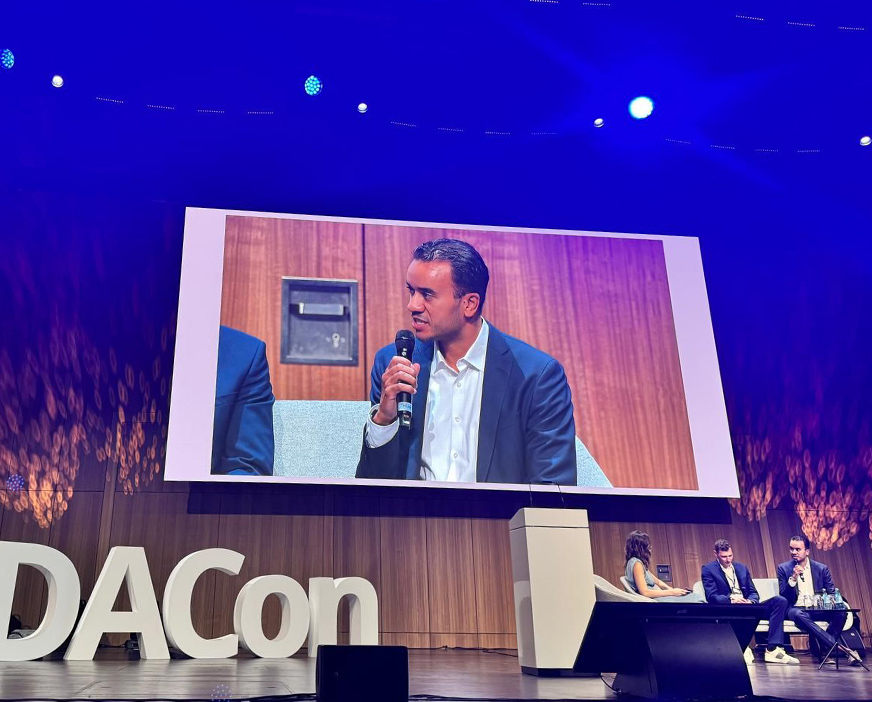What is Liquid Cooling?
Liquid cooling is an advanced method for heat dissipation in data centers. Unlike traditional air cooling, it uses liquids such as water or dielectric fluids (electrically non-conductive liquids). This allows heat to be absorbed directly from components like CPUs and GPUs and efficiently removed. This technique is particularly relevant for modern AI data centers operating with high power densities.
Why Use Fluids to Cool Your System?
With the rise of AI applications and the associated increasing demand for computing power, conventional air-cooled systems are reaching their limits. Liquid cooling offers a solution by:
- Enabling higher power densities of over 20-25 kW per rack.
- Increasing efficiency through direct heat removal.
- Reducing energy consumption compared to air cooling.
Fluid-Based Cooling Systems
- Direct-to-chip cooling: Here, cooling plates are mounted directly on the processors, through which a coolant circulates. This method is efficient and can also be retrofitted in existing systems.
- Immersion cooling: In this technique, complete servers are immersed in a dielectric fluid that absorbs the heat. This makes it particularly suitable for very high power densities, but requires special hardware and infrastructure.
Advantages of Liquid Cooling
- Energy efficiency: Liquid cooling can reduce energy consumption for cooling by up to 70%.
- Space saving: Higher power densities require less physical space.
- Performance improvement: Direct cooling of components can increase their performance and lifespan.
- Sustainability: Reduced energy consumption leads to lower CO₂ emissions.
Implementation and Challenges
The introduction of liquid cooling requires careful planning:
- Infrastructure: Adaptations to existing systems or new constructions are necessary.
- Costs: Higher initial investments can be offset by long-term savings.
- Maintenance: The coolant and the tightness of the system must be regularly checked.
Paving the Way for AI Data Centers
Liquid cooling is considered a future-proof technology for cooling modern data centers. It is particularly important where AI applications, high-performance computing, or data-intensive processes create high thermal requirements. The direct and highly effective heat removal at the components saves a lot of energy. But the power density also benefits. Thus, liquid cooling creates the prerequisite for the reliable and efficient operation of high-density racks. This infrastructure class will become the new standard in the age of artificial intelligence and Big Data.
Liquid Cooling High-Density Racks
With the growing demand for computing power, the packing density within racks is also increasing. High-density racks bundle enormous performance in the smallest space – often over 20 kW per rack, and even more in AI environments. These power densities pose significant challenges for conventional air cooling systems. This is where the strength of liquid cooling becomes apparent: Technologies such as direct-to-chip cooling or immersion cooling with dielectric fluids remove the generated waste heat directly at the source – efficiently, reliably, and space-saving. This not only enables stable operation. The available data center space is also used more sustainably. High-density racks, liquid cooling, and a holistically planned data center design: They form the technological basis to meet the growing requirements of modern IT and AI environments.
Secure Capacities Now
AI-ready, sustainable future-proof: Secure your capacities in our new AI-capable data center now!


